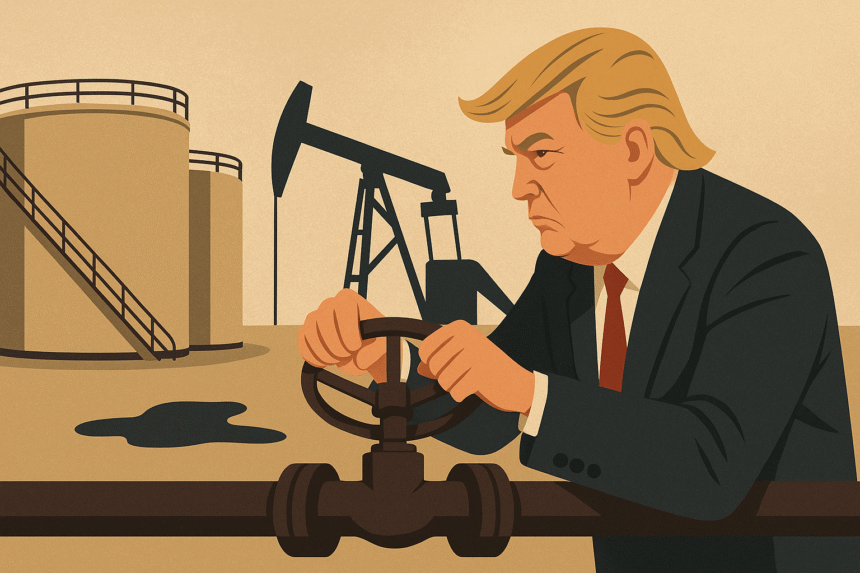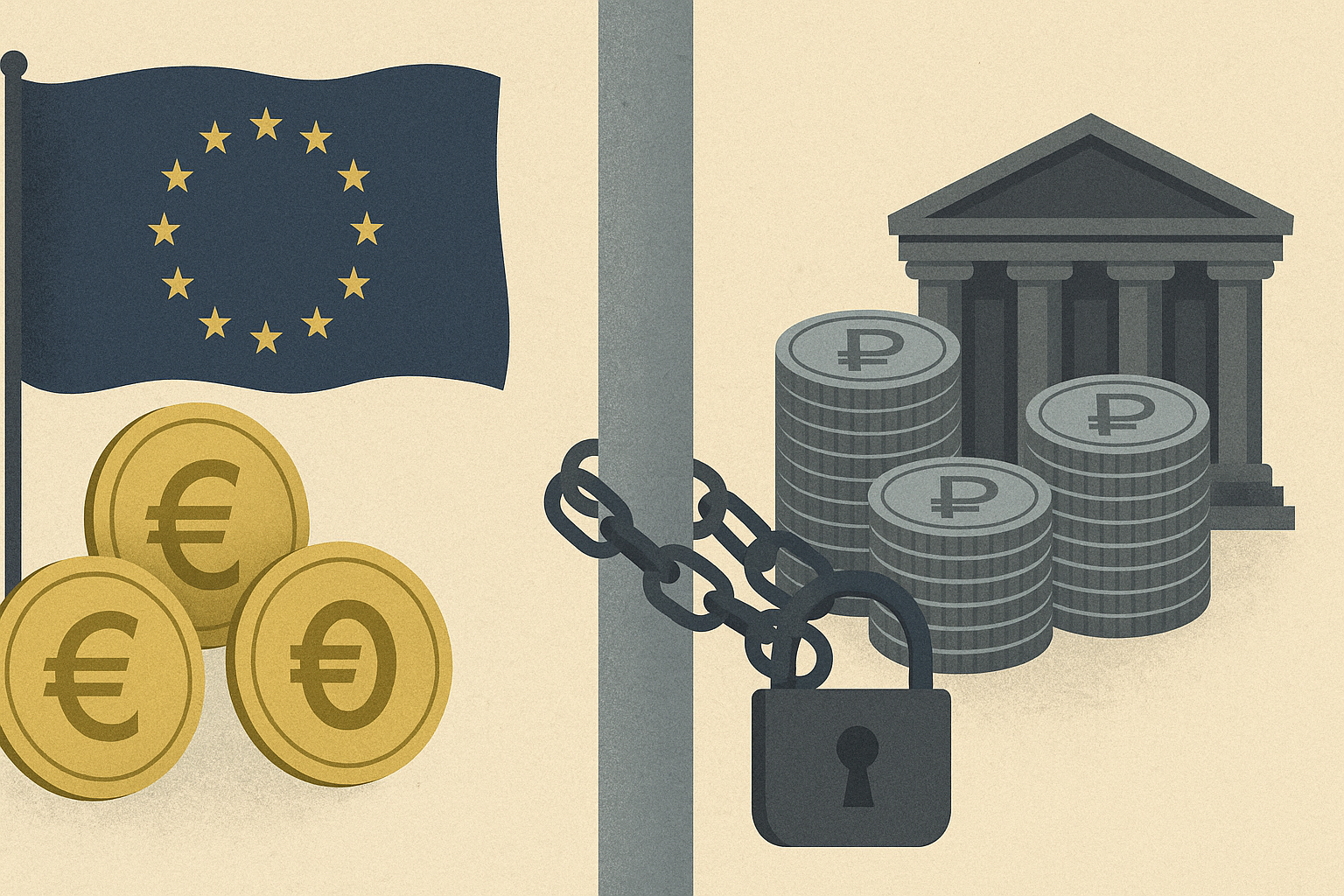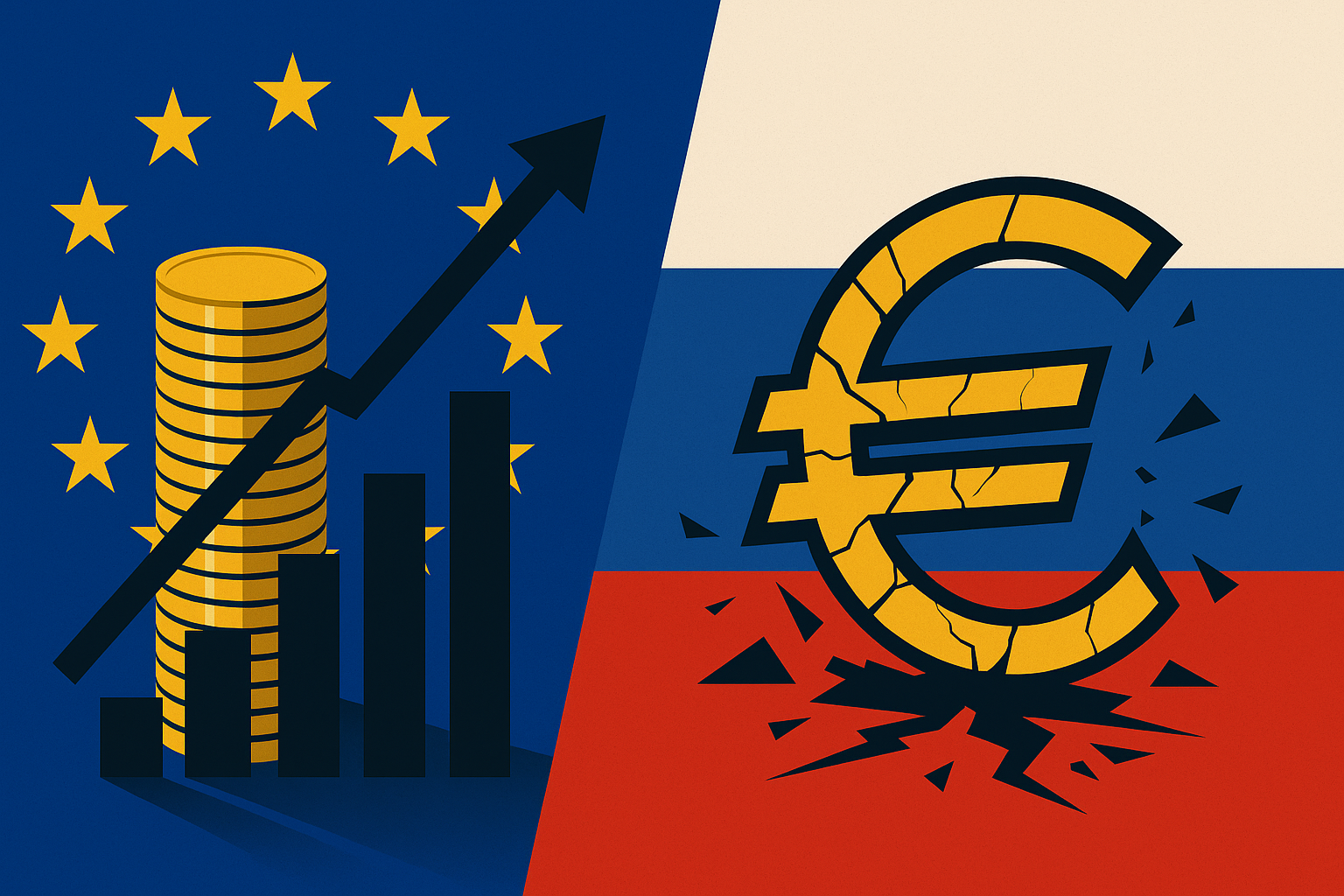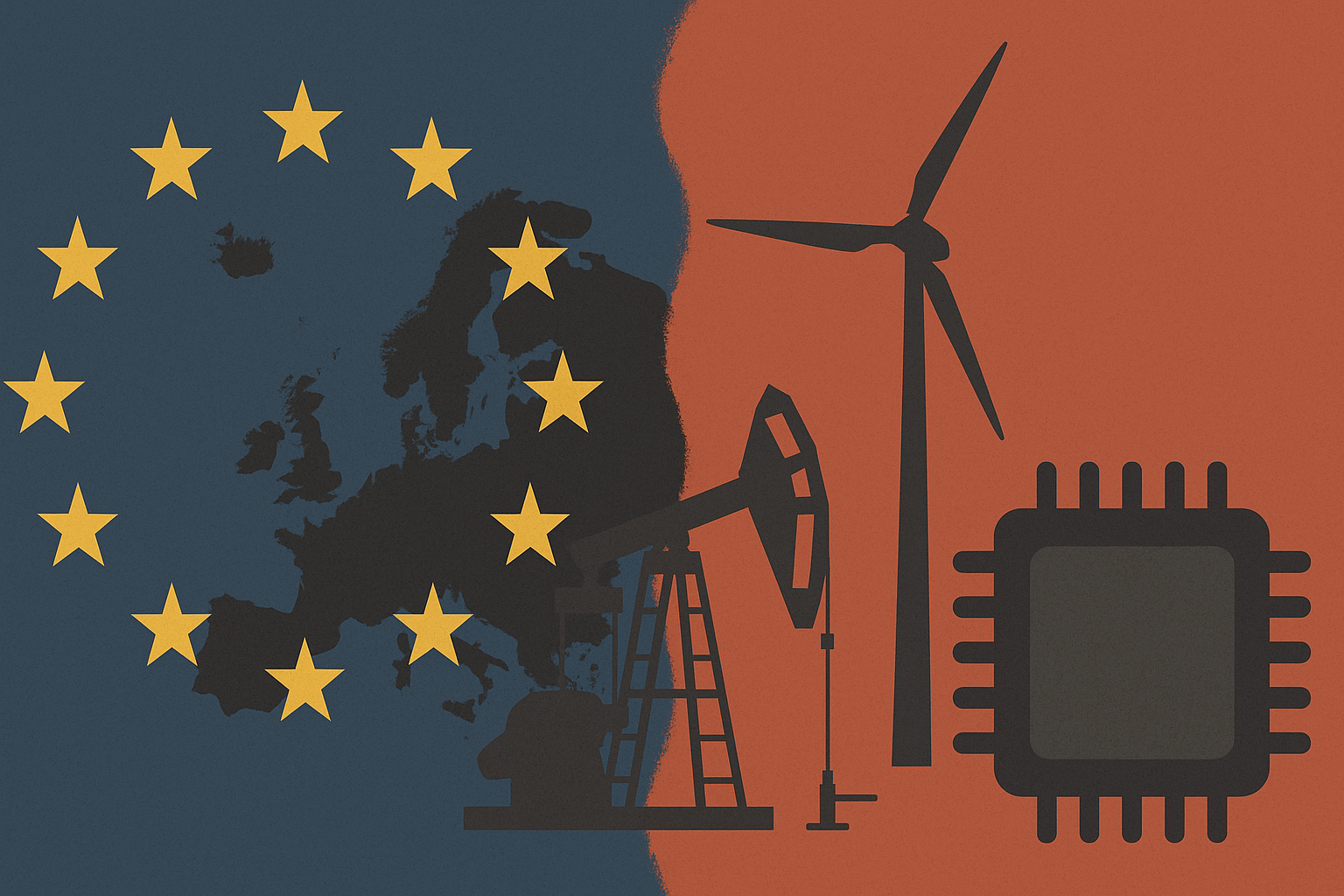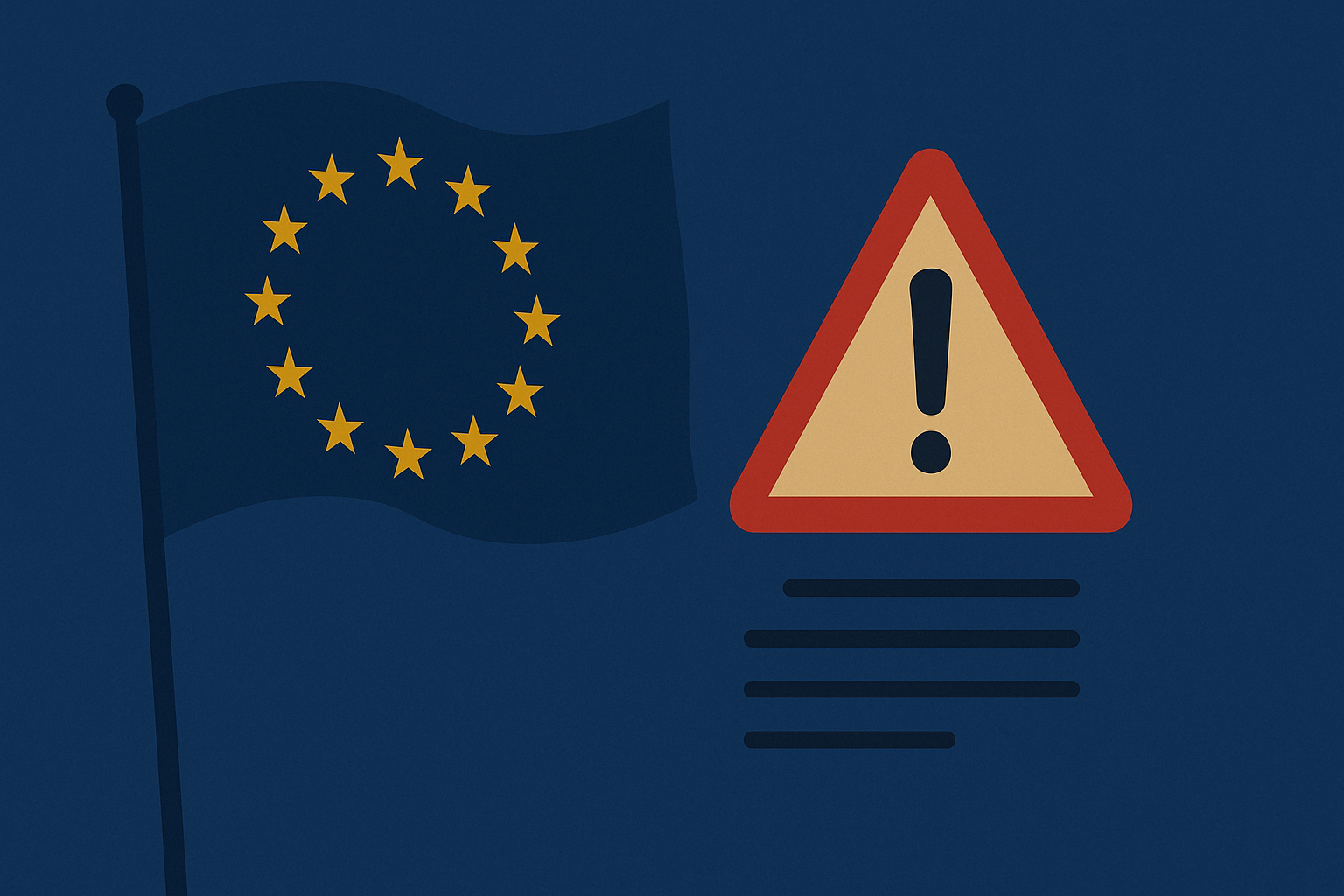A global oversupply of crude oil has given President Donald Trump the leverage to impose sweeping sanctions on Russia’s top energy companies — a move aimed at tightening financial pressure on Moscow and curbing its war capabilities in Ukraine.
In a sharp shift from previous U.S. policy, the Treasury Department this week added Russia’s largest oil producers, Rosneft and Lukoil, to its sanctions blacklist. The decision marks Washington’s most aggressive energy-related measure against the Kremlin since the start of the war, reflecting growing frustration over stalled diplomatic efforts with Russian President Vladimir Putin.
Oil Glut Creates Strategic Opening
The decision was made possible by a dramatic drop in global oil prices. The International Energy Agency (IEA) projects a growing supply glut of around 3.2 million barrels per day from now through mid-2026, far exceeding earlier forecasts. With Brent crude prices slipping to just over $60 per barrel—a five-month low and $20 below the Biden-era average—Washington now faces less risk of market disruption.
“A market with ample and rising inventories makes it much easier for the U.S. to tighten the screws on Russia,” said Jason Bordoff, founding director of Columbia University’s Center on Global Energy Policy.
Oil executive Scott Sheffield, formerly of Pioneer Natural Resources, added that the timing was critical: “If oil were at $80 today, Trump wouldn’t have made this move. Sanctions were the less risky alternative to direct military aid.”
Economic Cushion at Home
Falling U.S. gasoline prices have strengthened Trump’s hand domestically. The national average has dipped below $3 per gallon, its lowest in nearly four years, easing inflationary pressure and bolstering the administration’s confidence in pursuing a tougher stance on Moscow.
The new measures pave the way for potential secondary sanctions on Chinese and Indian banks that continue to facilitate Russian oil transactions. Such penalties could restrict their access to U.S. dollars, forcing them to sever ties with sanctioned Russian firms.
“It’s a necessary first step,” explained Jeremy Paner, a former Treasury sanctions official. “This gives Washington the tools to threaten financial institutions that are still moving Russian oil money.”
A Shift from Biden’s Balancing Act
The move contrasts sharply with the previous administration’s approach. Under Joe Biden, Washington sought to weaken Russia while avoiding energy shocks. That caution stemmed from the 2022 spike when U.S. gasoline prices surpassed $5 per gallon after the war began.
Amos Hochstein, Biden’s former energy envoy, warned that a miscalculated sanctions push could backfire: “If prices rise too much, Russia regains lost revenue, while American consumers and allies pay the price.”
But Trump’s patience with Putin appears to have worn thin. According to Fred Fleitz of the America First Policy Institute, “Trump was willing to give talks a chance as long as they seemed productive. But he has shown limits on how long he’ll let negotiations drag on.”
Saudi Support and Global Coordination
Experts say the president’s close relationship with Saudi Crown Prince Mohammed bin Salman helped set the stage for this policy shift. Following Trump’s appeals to boost output, OPEC+ increased production in April, sending prices downward and squeezing Moscow’s earnings. The move coincided with tighter coordination between the U.S. and European allies, including the UK, which had already sanctioned the same Russian firms.
“Trump maintains a strong personal connection with Saudi Arabia, the UAE, and Kuwait—ties that Biden lacked,” Sheffield noted. “There were likely early discussions for the Saudis to regain market share while supporting Washington’s strategy.”
With oil prices low and Western cooperation high, the U.S. now wields unprecedented leverage. Trump’s new sanctions mark a turning point in Washington’s energy diplomacy—one designed to hit Russia’s economy where it hurts most, while shielding American consumers from the fallout.


